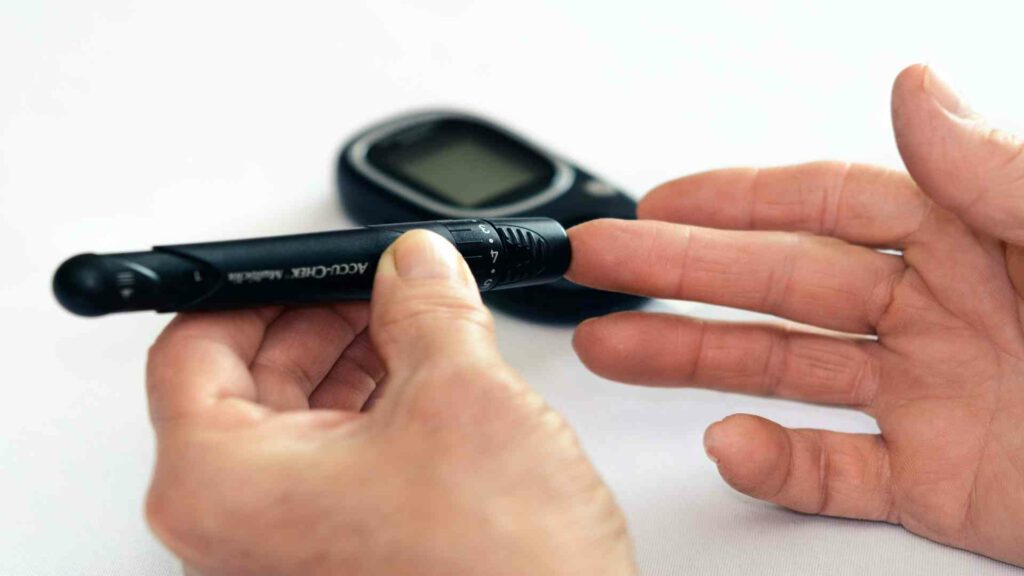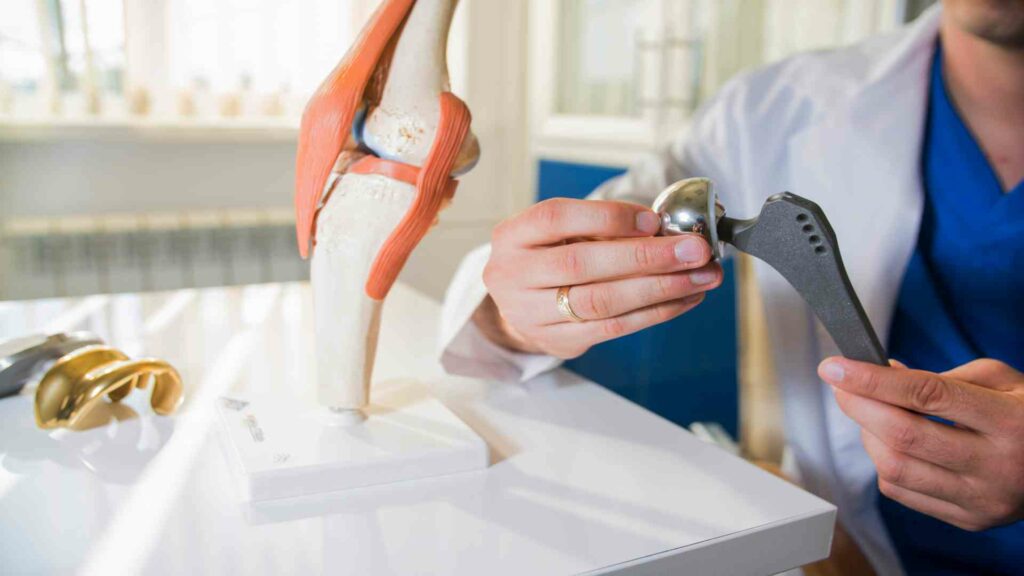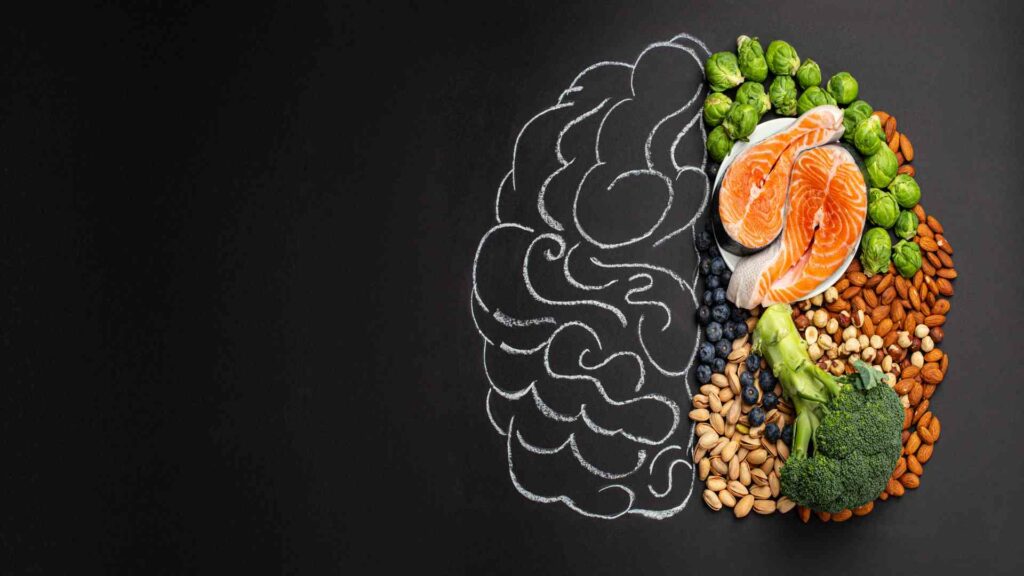Overview Of Breast Cancer
Breast cancer is a cancer type that develops from breast tissue. It is unsolicited by gender but it is far more common in women and the leading cause of cancer death. However, studies have shown that boron clusters inhibit the proliferation of cancer cells and thus are promising anti-cancer agents.

Breast cancer
Breast cancer develops when cells mutate and continue to form uncontrollably, shaping a mass or tumor. It can metastasize by spreading to other body parts and developing new tumors. There are various types of breast cancer based on where cancer begins in the breast. The breast is a glandular, ductal, and fatty tissue organ located on the top ribs and chest muscles.
Types of Cancer
The types of breast cancer are determined by the type of breast cells impacted.
1. Infiltrating Ductal Carcinoma
This cancer begins in your breast milk ducts and expands to nearby tissues after breaking through the duct wall. This is the most popular form, responsible for nearly 80% of all cases.
2. In Situ Ductal Carcinoma
Also known as Stage 0 breast cancer, is considered precancerous by some because the cells have not spread far above your milk ducts. This condition can be easily treated. However, immediate treatment is required to keep cancer from becoming invasive and extending to other tissues.
3. Infiltrating Lobular Carcinoma
This cancer began in your breast lobules (where breast milk is produced) and has expanded to adjoining breast tissue. It is responsible for 10% to 15% of all the cases.
4. Lobular Carcinoma In Situ
A precancerous situation due to abnormal cells in your breast lobules. Although it is not true cancer, this marker can suggest the existence of breast cancer later in life. Women with lobular carcinoma in situ should have medical breast exams and mammograms regularly.
5. Triple-negative Breast Cancer
It is one of the most challenging cancers to treat, accounting for about 15% of all cases. It is known as triple-negative as it lacks three indicators linked to a variety of breast cancer. This complicates prognosis and treatment.
6. Inflammatory Breast Cancer
This rare and aggressive cancer looks like an infection. Redness, bloating, pitting, and dimpling of the breast skin are common symptoms of inflammatory cancer. Obstructive cancer cells in their skin’s lymph vessels cause it.
7. Paget’s Disease
This cancer can affect the nipple and areola skin (the skin around your nipple.
Stages of Breast Cancer
Staging describes how much cancer is present in your body. Several factors like the tumor location, tumor size, and whether cancer has traveled to other body parts affect the cancer staging.
Stage 0: The cancerous cells are only found in the ducts and haven’t extended to other tissues.
Stage 1: The tumor is up to 2 cm. This hasn’t affected any lymph nodes, and there are only small clusters of cancer cells in them.
Stage 2: The tumor is 2 cm in diameter and has started to extend to nearby nodes; otherwise, it is 2–5 cm in diameter and has not spread to the surrounding nodes.
Stage 3: The tumor has extended to several lymph nodes and is up to 5 cm across; otherwise, it is larger than 5 cm and has extended to a few lymph nodes.
Stage 4: Cancer has traveled to distant organs, most commonly the bones, liver, brain, or lungs.
Breast Cancer Symptoms
- Breast or armpit lump or thickening
- Breast’s size or shape change
- Dimpling in the breast skin
- Nipple converting into the breast
- Other than breast milk, nipple discharge. The discharge may occur suddenly, be bloody, or affect only one breast
- Scaly, red, or swollen skin around the nipple or breast
- Breast pain in any area
Breast Cancer Causes
- Female breasts after puberty are comprised of connective tissue, fat, and thousands of lobules. These are small glands that produce milk. Milk is then carried to the nipple via tiny tubes called ducts.
- This cancer is caused by genetic mutations or DNA damage. These can be linked to estrogen exposure, inherited genetic abnormalities, or cancer-causing genes, like the BRCA1 and BRCA2 genes.
- A healthy person’s body attacks any irregular DNA or growths. This does not occur when an individual has cancer.
- Cells inside breast tissue grow and multiply uncontrollably and do not die as they usually would. This excessive cell growth results in the formation of tumor cells, which deprives neighboring cells of nutrients and energy.
- It typically begins in the inner lining of the ducts or lobules that supply milk to them. It can then spread to other body parts.
Risk Factors of Breast Cancer

Breast cancer risk factors
Preventions for Breast Cancer
Such cancer cannot be prevented. A person can, however, take steps to reduce their chances significantly.
- By reducing alcohol consumption, for those who drink,
- By having a healthy diet rich in fresh fruits and vegetables,
- With enough exercise, and
- By maintaining a moderate body mass index
- By getting regular mammograms
- A person thinking about using hormone replacement therapy after menopause should talk to a doctor about it.
- Preventive surgery is also an alternative for people who are at higher risk.
Treatments
1. Cancer Surgery
Removes the cancerous portion of the breast and an area of normal tissue near the tumor. The two most popular cancer surgeries are: Mastectomy – In which the entire breast is removed, and Lumpectomy, in which the tumor and health tissues around it are removed.
2. Radiation Treatment
Delivers controlled doses of radiation to the tumor, killing any remaining cancer cells.
3. Chemotherapy
Kills cancer cells and minimizes recurrence risks.
4.. Hormone Therapy
Holds cancer cells from getting the hormones they need to grow.
5. Targeted Drug Therapy
Uses drugs or other substances to target specific cancer cells with minimal harm to normal cells.
6. Immunotherapy
Targets and attacks cancer cells using the power of your very own immune system.
Boron Clusters: A New Promising Therapy For Breast Cancer
Boron cluster-containing drugs have a distinct set of molecular interactions that can alleviate the challenges of multi-drug resistance and low therapeutic index. Boron clusters can improve many organic formulations by retaining the versatility of their organic counterparts. Furthermore, boron clusters allow for a more directed approach to therapy, potentially improving patient outcomes.
Footnote: Borates Today is an informational site for topics related to Boron and Borates. The views expressed here are not to be construed as professional medical advice. Please consult a medical expert for advice on breast cancer.





